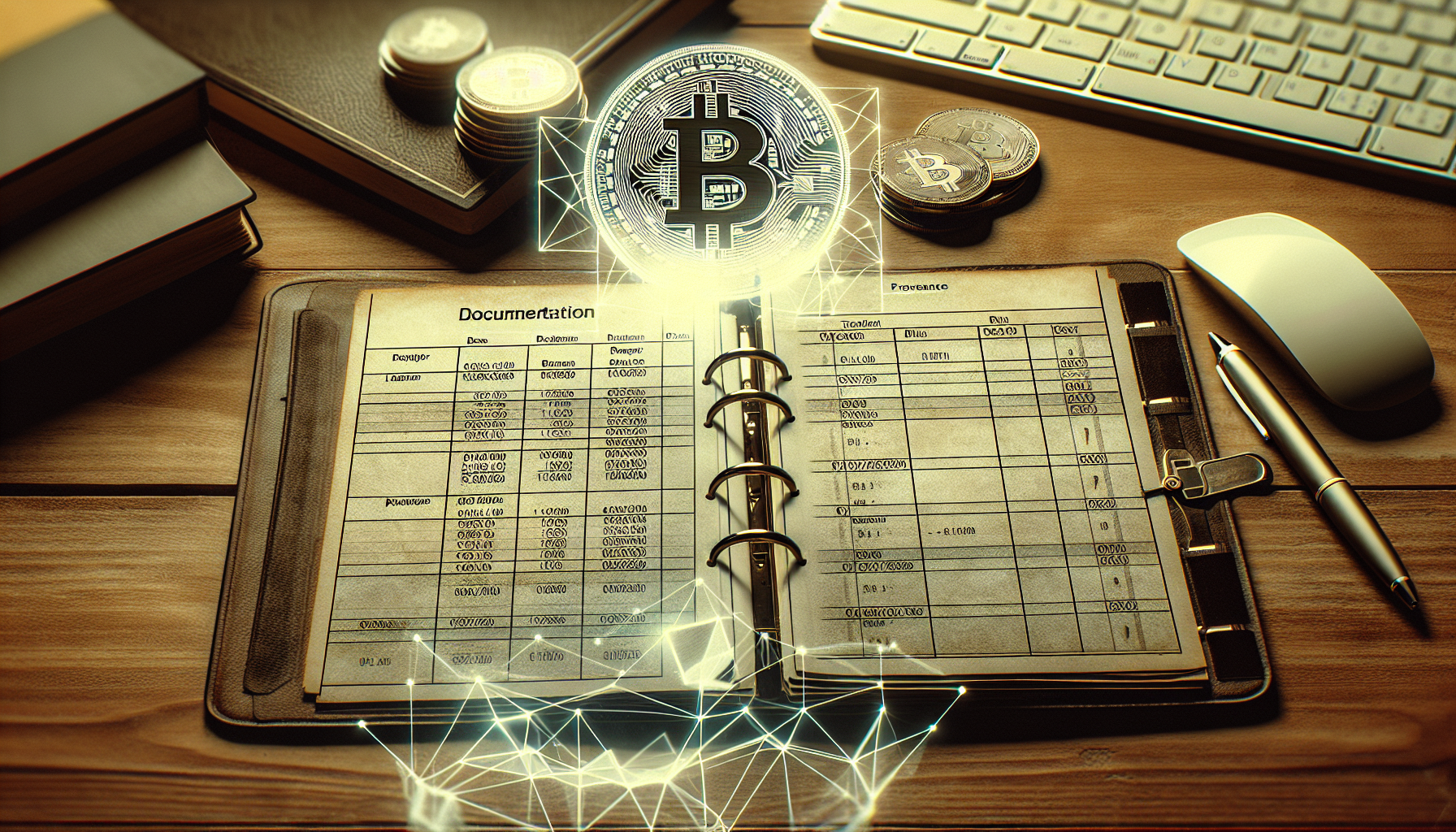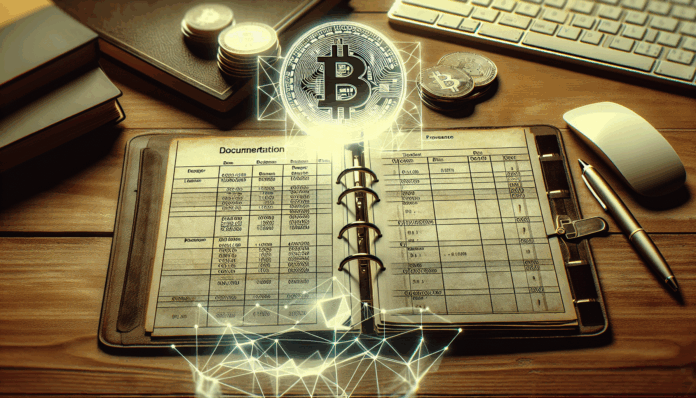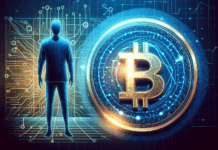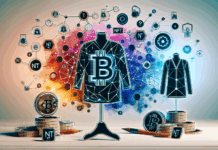Understanding NFT Provenance
In recent years, the rise of non-fungible tokens (NFTs) has captivated artists, collectors, and investors alike. But with over 40% of NFT buyers unsure about how to verify their authenticity, the importance of NFT provenance has never been more critical. So what exactly is NFT provenance, and why does it matter?
What is NFT Provenance?
Simply put, NFT provenance refers to the history of ownership and authenticity behind a digital asset. Just like a painting’s history adds to its value, the provenance of an NFT can significantly impact its marketability and appeal. Buyers want assurance that their NFT is original and hasn’t been duplicated or altered.
How to Document NFT Provenance
To secure and document NFT provenance effectively, keep these key steps in mind:

- Utilize Blockchain Technology: NFTs are stored on a blockchain, providing a permanent record of ownership. Ensure every transaction is recorded on a reliable blockchain platform.
- Verify Source: Before purchasing, verify the creator’s identity and their associated blockchain wallet. This can help confirm that the NFT originated from the claimed source.
- Maintain Metadata: Record the relevant NFT data (creation date, sale history, etc.) in the smart contract associated with the NFT. This aids in transparent documentation.
- Use NFT Marketplaces: Established marketplaces like OpenSea or Rarible often provide proven features, including ownership history and creator verification, enhancing the trustworthiness of the purchase.
Real-World Application: For Beginners
You might be wondering how this all comes together, especially if you’re new to the blockchain world. Think of NFT provenance like the documentation of a valuable collector’s item:
- Imagine you buy an antique vase with proof showing it once belonged to a famous artist. This proof increases its value.
- Now, if you get an NFT with a built-in history that confirms its originality, you’ll likely pay more, just like the vase.
Why is NFT Provenance Important?
The significance of NFT provenance can’t be stressed enough. With increasing reports of NFT fraud—where counterfeit NFTs masquerade as originals—buyers are searching for reliable ways to ensure the legitimacy of their investments. Documenting NFT provenance not only boosts confidence but also potentially enhances the item’s value.
Your Next Steps
As the NFT market continues to grow, taking steps to document provenance effectively is crucial. Utilize the aforementioned strategies to protect your digital assets and assure buyers of their authenticity.
Now is the time to dive deeper into the NFT space! Immediately check out our tips on the NFT security guide or explore the potential of 2025 NFT trends.
In conclusion, securing NFT provenance is integral to maintaining trust and value in the digital currency ecosystem. By implementing careful documentation practices, you can ensure confidence in your digital investments and navigate this growing market effectively.
Disclaimer: This article is for informational purposes only and does not constitute investment advice. Please consult with local regulatory bodies before making any investment decisions.
Looking for more insights into the world of virtual currencies? Stay updated with virtualcurrencybitcoin for the latest trends and guides!
Expert Author: John Doe
A blockchain technologist and digital art advocate, John has authored over 15 papers on cryptocurrency standards and has led audits for notable blockchain projects.




